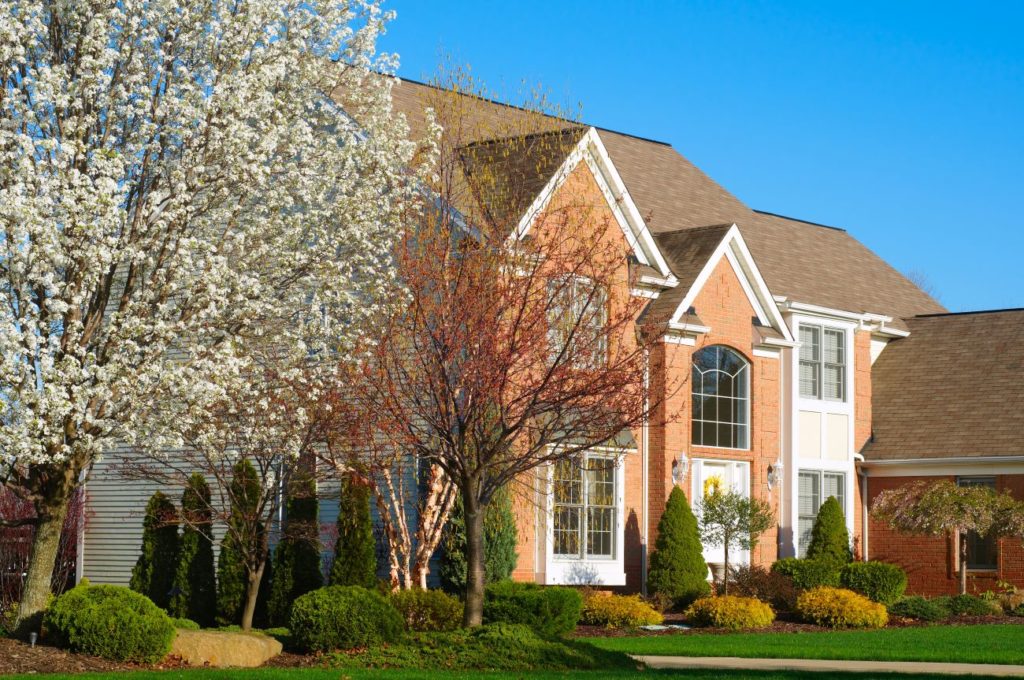Searching for your dream home is tough enough on its own, but discovering significant and possibly expensive issues lurking within your new abode can dampen your excitement. This is a common fear among house hunters, as it can substantially affect how much you’ll need to invest to make the home truly yours.

However, there is some good news! As an investor, I have personally purchased over 150 homes. And as a realtor, I have represented buyers in the purchase of over 3,000 homes. Through this process I have compiled a list of what to look out for when house hunting:
1. Watch for Issues with Electric Wiring
The wiring in your house is critical. Faulty wiring can lead to minor annoyances or even cause a tragic house fire. If the circuit breakers trip on their own or you notice lights flickering, you may have wiring issues.
Circuit breakers can wear over time and require replacement. Be sure to inspect them and consider having an electrician perform a thorough inspection before making a decision.
2. Water Damage or Problems
If it’s raining, take advantage of the downpour to check for defective, clogged, or damaged gutters and ensure that water is being funneled away from the home. Identifying these issues early can save you money, as many homeowners do not recognize water damage until long after the sale has closed.
If water isn’t properly channeled away, it can cause foundation damage and mold. Inspect the basement for water stains or residue, gaps in door tops, cracking or misaligned windows, sloping floors, and visible cracks to evaluate potential water damage, and if you find issues, consult a professional from our trusted local resources.
Additionally, ensure proper water pressure, slow drainage, and check for ceiling leaks. Leaking pipes can cause significant damage to walls and floors or lead to mold growth. Low water pressure might indicate a deposit build-up in the filtration system that needs attention.
3. Clear Lack of Maintenance
Not all homeowners have the time or ability to maintain their home properly. A home might look great, but improper maintenance can lead to hidden damage that becomes costly to fix.
Look for:
- Crumbling masonry
- Patched wiring
- Makeshift plumbing
- Broken fixtures
- Cracked driveways (potentially structural)
- Visible carpet damage (a sign of neglect)
These issues, while not particularly expensive to fix, can indicate larger underlying problems. Many home buyers look for affordable fixer-upper opportunities, so having a clear plan for tackling maintenance needs is crucial. To know more about home maintenance, check out this comprehensive checklist.
4. Airflow and Ventilation
Proper airflow is essential to prevent mold growth and ensure family comfort. Poor ventilation can lead to a drafty home, increasing your electric bill. Conversely, overly zealous sealing by previous homeowners can trap excessive moisture inside.
If the home feels stuffy, you see interior condensation, or the HVAC system seems inefficient, take a closer look.
5. Take a Look at the Roof
The condition of the roof is as crucial as having one in the first place. Ensure the roof isn’t dry or sagging, which can indicate rotting and breakage.
Check the attic for water stains and inspect the roof for curling shingles or broken flashing. If you notice these issues, contact a roofer to understand the extent and cost of repairs.

The entire home buying process is tricky from beginning to end, but there is some good news. An experienced realtor and a good home inspector will be able to examine all these problems.
A skilled real estate broker, with extensive experience in buying homes, is well-versed in these common issues and can help you determine if they exist in the property, and the level of costs and it is difficult to get the issues resolved.
Even newly built homes can have structural problems if the builder doesn’t pay attention to detail, so trust your realtor and home inspector to give you the full scoop on your potential new home!
For more articles on home buying, go here.
